There is a list of users loaded from an api
<div ng:controller="UserController">
<li ng-repeat="user in users">
<a ng:click="select(user)">
{{user.first_name}} {{user.last_name}}
</a>
</li>
</div>
When a user is clicked I want to open an extra view that shows some detailed information of the user. Imagine the view like this

The small blue area is the selected user and the big blue area the container that shows detailed user information.
function UserController($scope){
$scope.select = function(user){
console.log(user);
}
}
So when the user is clicked I can log the user object. It works until this point. But I absolutely have no idea how to open the extra container filled with user data.
Is there a way to simply load a template from file system, pass the object and append the whole thing to the current view? How would I do this with angular.js?